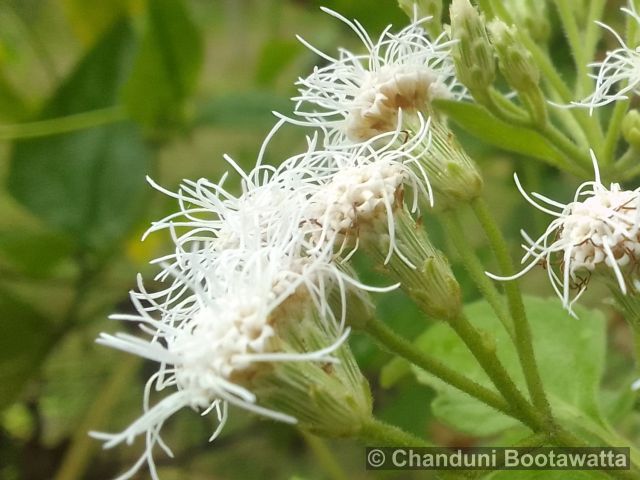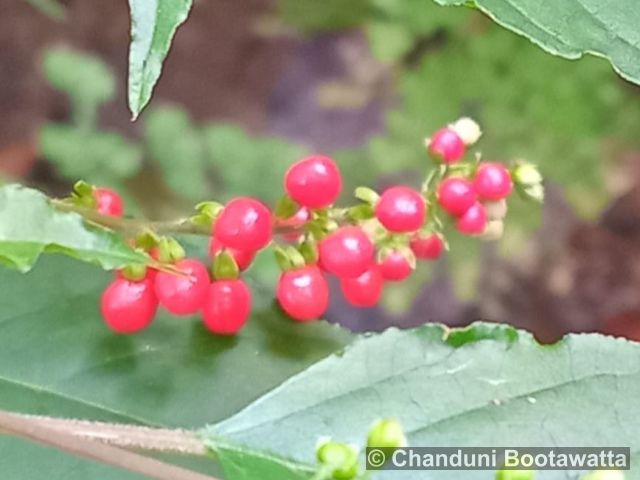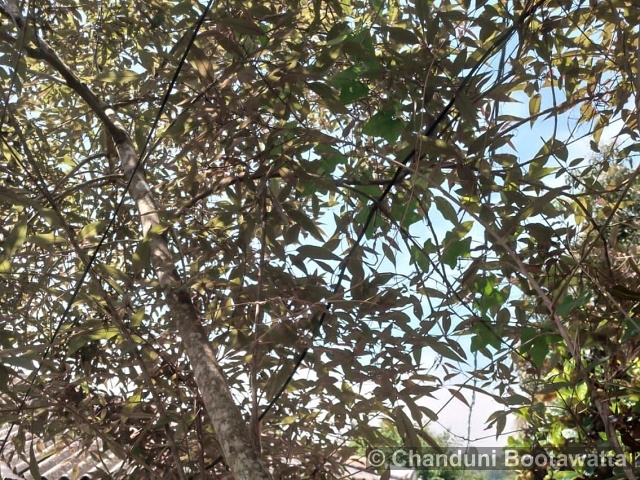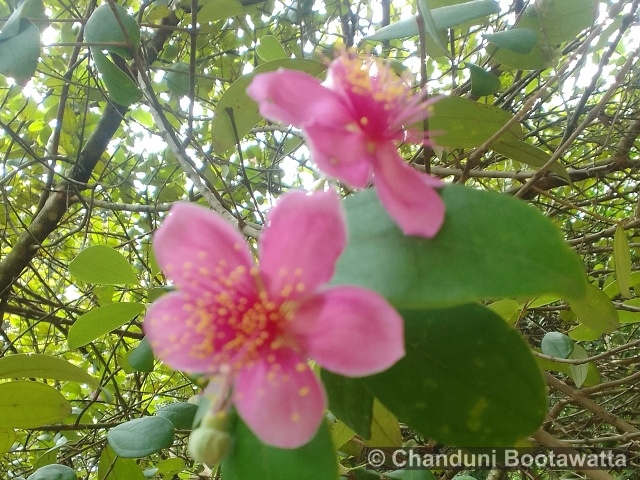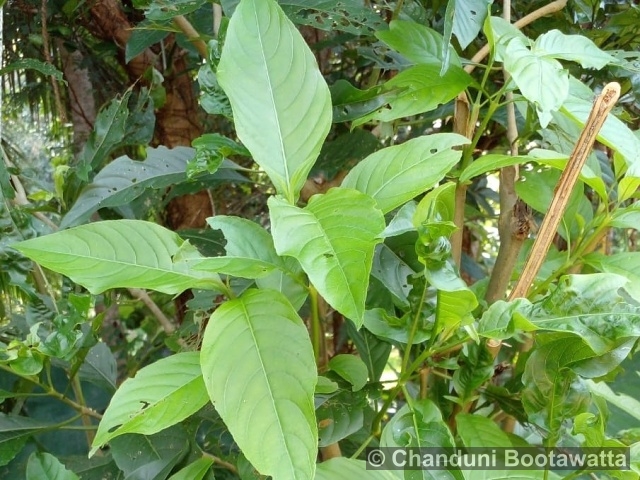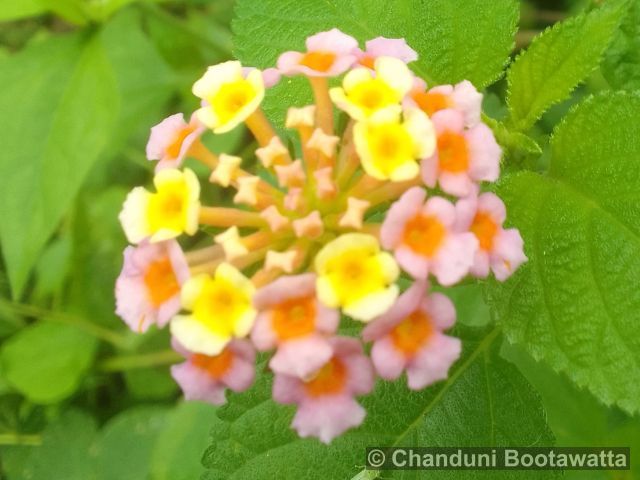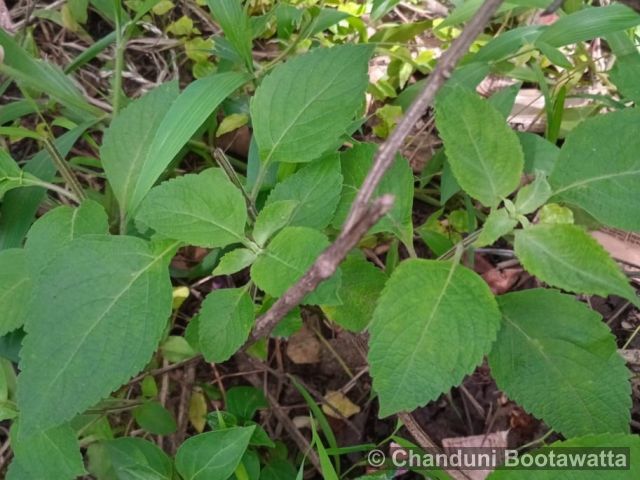Tento příspěvek byl přečten72krát!
medůvka
Syn: Ajuga disticha, Ballota disticha, Epimeredi indicus, Marrubium indicum, Nepeta indica L., Epimeredi indica (L.) Rothm., Anisomeles ovata W. T. Aiton
Family – Lamiaceae, hluchavkovité
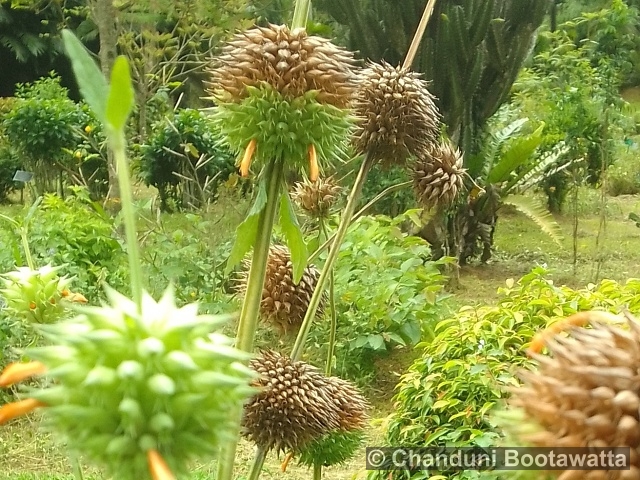
Description: Perennial aromatic herb native to tropical Asia and Australia. It typically grows 0.5–1.5 meters tall with square, hairy stems and opposite, ovate to lance-shaped leaves that are green, serrated, and emit a strong minty aroma when crushed. The plant produces small, tubular purple to violet flowers in clustered spikes, attracting bees and butterflies. Its fruits are tiny nutlets containing seeds for propagation.
Substitutions – Anisomeles malabarica and Anisomeles ovata, are often used as substitutes in traditional medicine due to their similar aromatic and therapeutic properties.
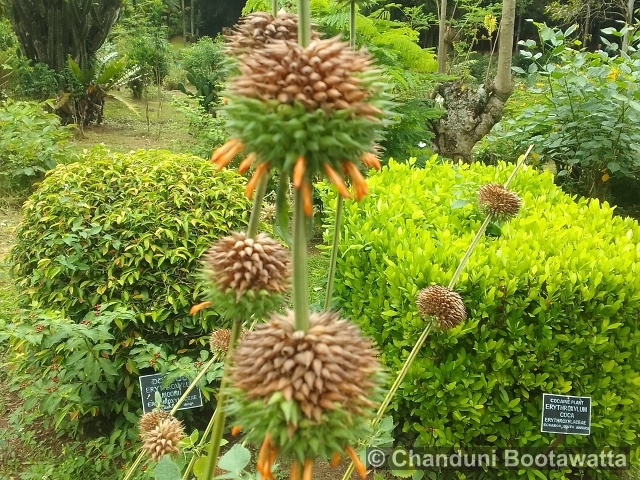
Ecology: Anisomeles indica grows well in open grasslands, roadsides, and disturbed areas, thriving in tropical to subtropical climates; it prefers well-drained soils and full sunlight, and plays an ecological role by attracting pollinators such as bees and butterflies.
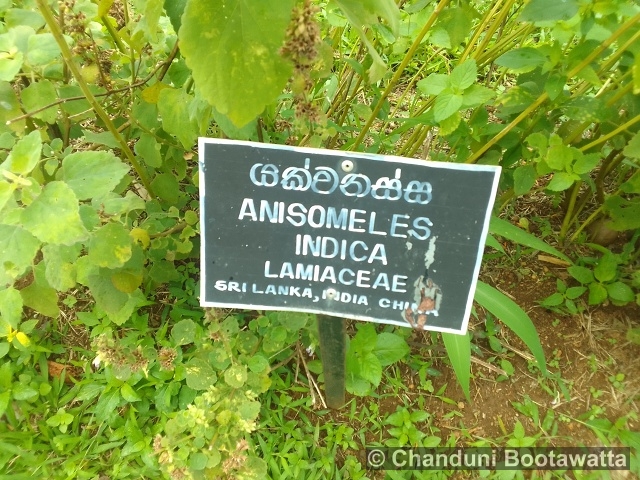
General distribution: Widely distributed across tropical Asia, including India, Sri Lanka, China, and Southeast Asia, extending to northern Australia and some Pacific islands.
Use: Traditionally, Anisomeles indica is valued in herbal medicine for treating fever, cough, digestive issues, and skin ailments, while also serving as a nectar source for pollinators.
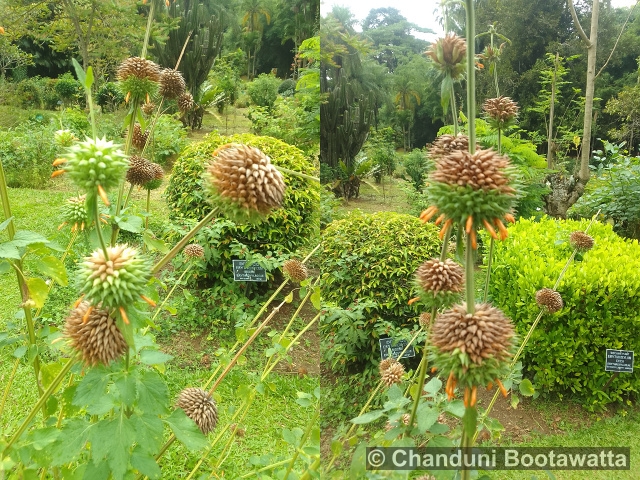
Author of text and photos: Chanduni Bootawatta.
Photographed in Peradeniya Botanical Garden, Sri Lanka on 22 June 2025.



 Poslat emailem
Poslat emailem